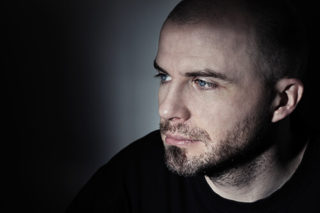What does addiction look like?
The first step in getting help for oneself or a loved one is recognizing the symptoms of alcohol or substance use disorders. As drug and alcohol use progresses, it is crucial to be aware of these red flags to prevent further harm. It is easy to miss the signs or make excuses when faced with alcoholism or addiction symptoms. However, they may be only the tip of the iceberg. When many of these signs are present in an individual, it may be time to seek professional help.
3 Ways to Spot Addiction Early
Addressing addiction early on is imperative. Something that may have started recreationally in a social setting can quickly snowball into a full-blown addiction. Three main categories can identify whether someone has a substance or alcohol use disorder – behavioral, emotional, and physical.
Your path to recovery is waiting
and we’re here to help.
Our admissions specialist are available 24/7 to listen to your story
and get you started with next steps.
When you call our helpline, you will be connected with a caring admissions navigator to discuss your options for treatment.
- BEHAVIORAL SIGNS OF ADDICTION
Sudden changes in how an individual behaves and interacts with people, such as social isolation and difficulties in relationships, can be signs of addiction.
Other behaviors include:
- Isolation: Isolation occurs when a person changes their behavior, so they are often apart or alone from others. They may ignore responsibilities such as work/school/home and other social commitments.
- Tensions with others: While addiction can lead someone to isolate themselves, it can also put a strain on relationships with family, friends, and other loved ones. People may pull away from relationships and become distant from the closest people in their lives. This also may lead to problems at work or at school.
- Loss of control: Because of the effect of the drugs on the brain, people suffering from addiction cannot simply stop. They are no longer able to control their actions and have no regard for the consequences of drug use.
- Obsessive thoughts: Obtaining drugs and alcohol becomes an obsession and the most important priority for the user. This may lead to financial instability, stealing, or skipping payments for cars or rent/mortgage payments.
- Risk-taking behaviors: While using, an individual may participate in dangerous or illegal activities without regard for the consequences. They may also put themselves in risky or dangerous behaviors to obtain substances.
- EMOTIONAL SIGNS OF ADDICTION
There are many psychological symptoms associated with drug and alcohol abuse due to changes in the brain. In addition to the inability to stop abusing drugs and alcohol, there are other chemical adjustments in the brain.
Emotional signs of addiction include:
- Defensiveness: An individual will often become defensive and deny their addiction. They attempt to minimize their problem to make the situation appear better than it is. A person may not take responsibility for their actions or avoid the subject altogether.
- Lack of motivation: There may be a decline in the quality of work produced and/or grades earned in school. Also, the induvial may no longer be interested in hobbies that previously brought them joy.
- Intense Mood Swings: Anger and irritability are prevalent in those who are struggling with addiction. Aggressive mood swings typically result from these negative emotions.
- PHYSICAL SIGNS OF ADDICTION
Physical signs, or changes to someone’s body and appearance, can be the most tangible way to spot addiction. Rapid, dramatic physical changes are often a sign of a larger problem.


